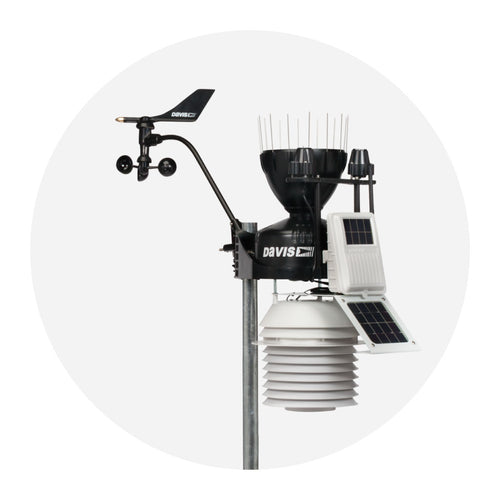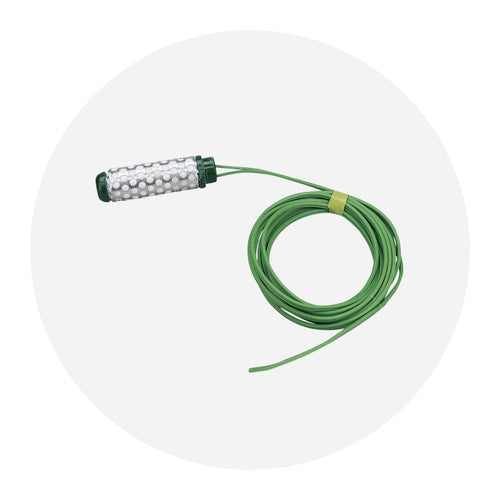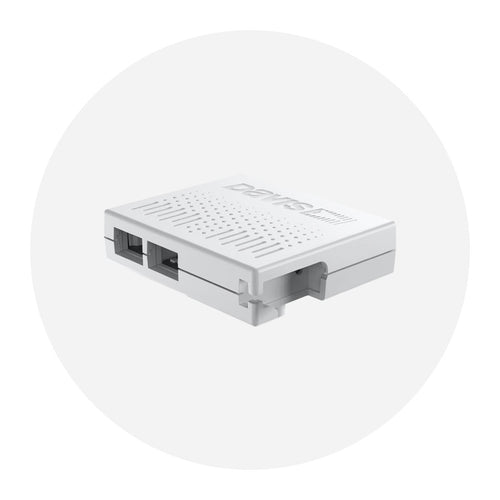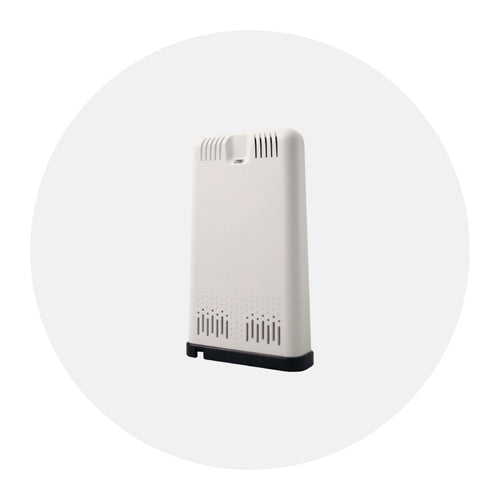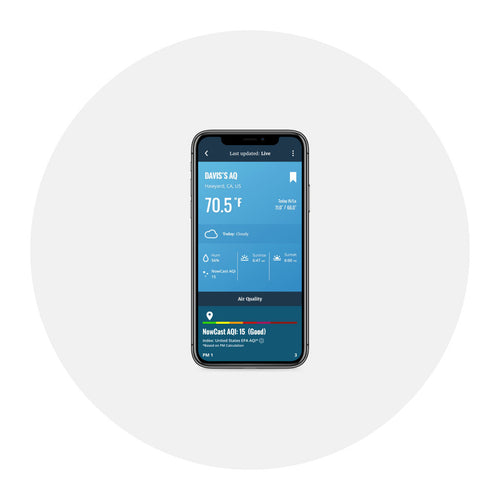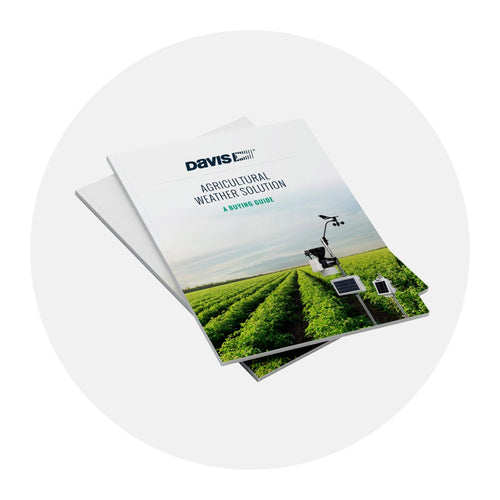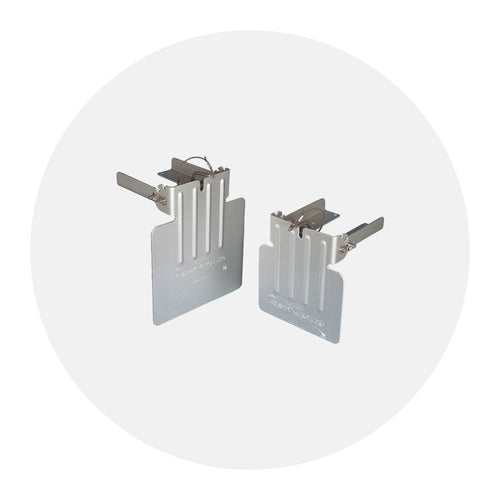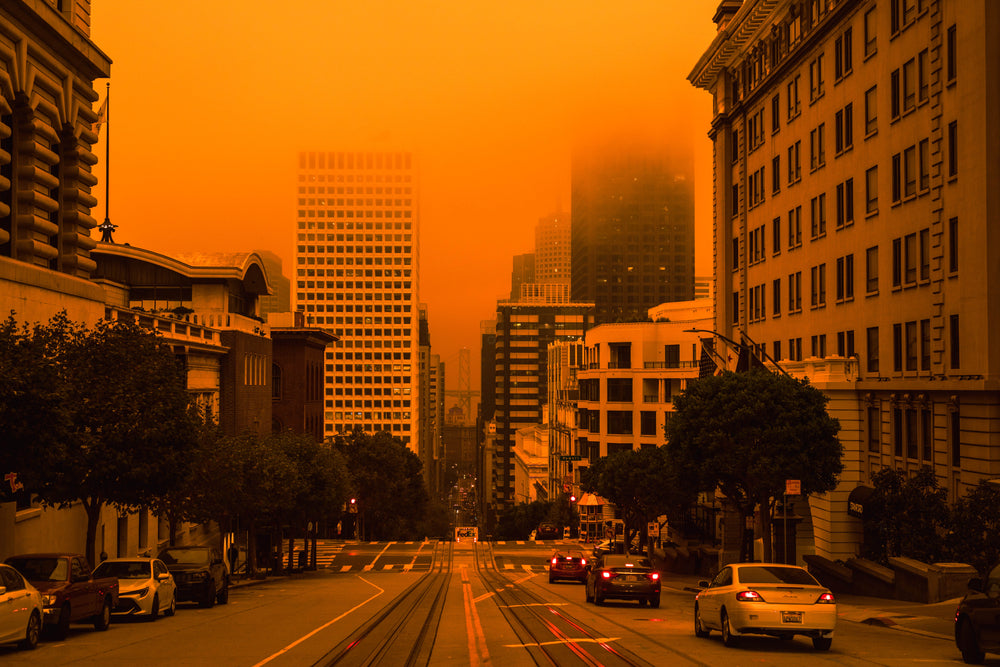
Meteorology 101: How weather affects outdoor air quality

The sky turned orange in the Bay Area a few weeks ago, thanks to wildfire ash in the upper atmosphere. Our marine layer kept that pollution up high and AirLink and the WeatherLink app showed our AQI was surprisingly not so bad.
What does weather have to do with air quality? Plenty. Weather happens in the atmosphere, upper, lower and in the middle. What is floating around in that atmosphere adds to the chaotic interplay of water, sunlight, chemical reactions, air movement, pressure changes, and planetary movement that make up our weather.
Temperature: Temperature can be a lose-lose factor when it comes to bad air quality.
Here in the Bay Area we’ve experienced some very poor air quality as a result of wildfires in our state. We know to close our windows and doors and stay inside. At the same time, we’ve endured a few heat waves. Unfortunately, many Bay Area homes don’t have air conditioning, so a heat wave can make life rather miserable. High temps worsen the air quality problems. During a heat wave, air is often stagnant, so polluted air is not dispersed. Sunlight and high temps also encourage chemical reactions in pollutants and increase smog. Just to add to the list of bad things, hot, dry weather makes fires more likely, adding even more pollutants to the air.
Cool temps can also make air pollution worse. In winter, temperature inversions, where a warm layer traps a cooler layer near the ground, effectively put a lid on the pot of stewing air pollution. Cold air can make air pollution more visible. Plus, in cold weather, people burn more fuels to warm their homes and idle their cars to defrost them.
Wind: Wind speed, along with temperature, are the strongest influencers of particulate matter pollution (as opposed to ozone pollution). A good brisk wind can disperse pollutants, easing air pollution. But if you are downwind of a large wildfire (think Bay Area, September, 2020), wind will bring that smoke and ash to your doorstep.
Rain and Humidity: As far as air pollution goes, atmospheric hydrometeors (cloud and fog, rain and snow) are the heroes. They can wash particulate matter out of the air and destroy dissolvable pollutants.
But don’t get too happy about rain or wind. While the pollutants are washed out or dispersed, they are not gone. They are just moved somewhere else. They end up in someone else’s lungs, or dropped into bodies of water for aquatic plants and animals to deal with. The acid rain they cause coats buildings and plants where it dissolves nutrients and causes aluminum to be released in soil, corrodes steel structures, weathers stone buildings, and causes paint to peel. It’s not good for people, either.
Atmospheric Pressure: Low pressure systems bring wet and windy weather; high pressure comes with stagnant air and the concentration of pollutants over an area.
In recent years, people have become more aware of the dangers of air pollution and the steps we have taken to alleviate it have made a difference in decreasing the number of lives lost due to pollution. But increasing temperatures due to climate change have negated much of this effect. Studies show that weather definitely adds to the number excess deaths due to poor air quality. Climate models predict that as temperatures continue to rise and heat waves and stagnation happen more often, weather-related increases in both O3- and PM2.5-related mortalities will persist.
If you have an AirLink, you are already aware of the dangers of air pollution and are armed to know when to take immediate steps to protect your family and community from it. But you are also in a position to see and understand the more chronic effects of air pollution, how it is affected by your hyper-local weather conditions, and how important it is to take steps to prevent it in the first place.

| Learn More about AirLink > | Buy Now > |
In the face of escalating environmental risks, AEM is the essential source for insights on weather, climate, lightning, floods, wildfires, water management, and more.
Learn more about AEM and all of our solutions here.



